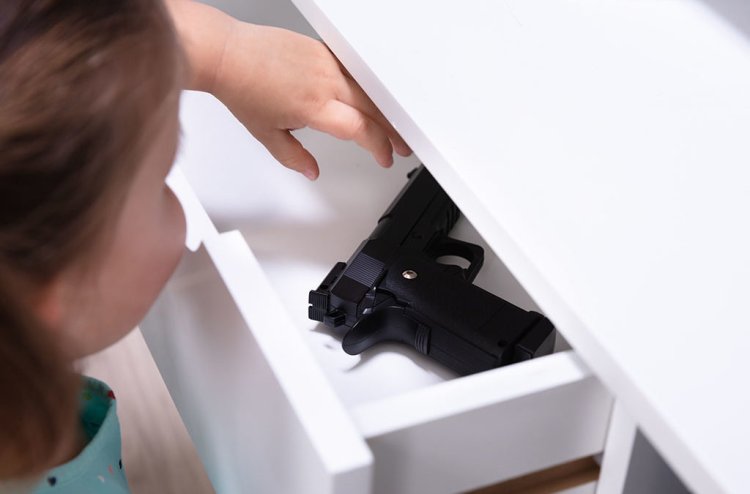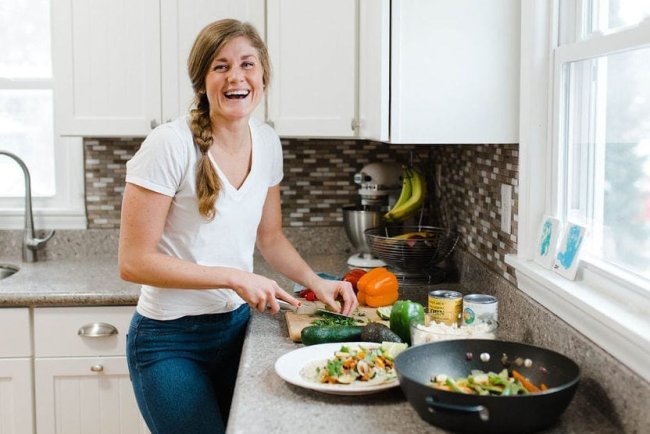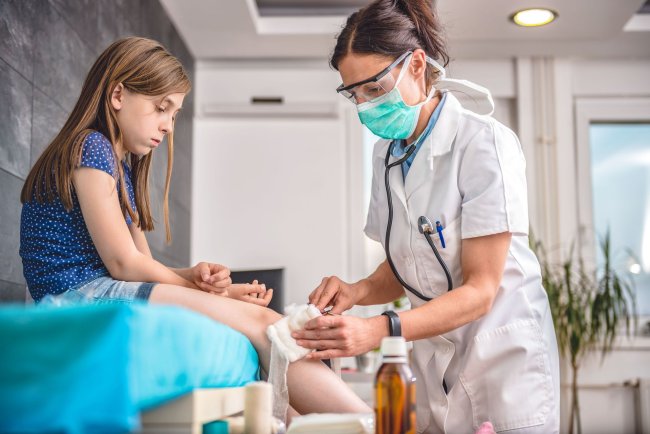How should parents keep their children safe with guns.?
The daily news in America has turned from gun violence to sporadic reporting. Although mass shootings in schools and neighborhoods are a national concern, the truth is that guns cost lives every day in homes and communities across the nation.

The Centers for Disease Control and Prevention (CDC) reported that guns caused the death of almost 40,000 people in 2017, which is the highest number in 50 years. Behind those figures lies children, families and communities whose lives are forever changed.
The irony is that a considerable amount of those mishaps could have been prevented.
The Unsettling Truths About Guns and Children.
It's shocking and heartbreaking. ".
Firearms are responsible for 74% of all homicides, and 87% of youth cases involve firearms. Why is this?
Every day, 78 young people in the U.S. are wounded or killed by guns.
Homes equipped with firearms have a suicide risk that is four to 10 times higher than those without them. Gun-related suicides in young people account for 42% of all deaths.
Among all households with children, one in three possess a gun.
It is possible for children as young as 3 years old to pull a trigger.
Even if parents are certain, only 3 in 4 children are aware of the exact location of their household gun.
Despite the belief that firearms provide a sense of safety for family members, research consistently indicates that having guns in homes actually increases the risk rather than decreasing it.
Here are three important things parents should do.

Although the debate over gun ownership in America is highly divisive, there is a shared belief that safeguarding our children is fundamentally important. Regardless of the type or quantity of firearm you own, these procedures are crucial:
1. Store a gun in your possession.
Store it in a locked container, free from ammunition, and keep it.' A locked safe or tamper-proof lockbox is crucial for life.
2. Inquire before your child goes to another home.
Despite the discomfort, the inquiry of whether there is an unlocked firearm available for my child to play could be life-saving. In case the answer is yes, ask for secure storage. In case of a non-secured gun, decline the playdate in etiquette.
3. Prioritize mental health.
If your child is experiencing depression, anxiety, or suicidal ideation; why not keep a gun with them at home? The security of a locked gun may not be enough. Read the details to find out. Taking the weapon out completely is the safer option.
How does policy and prevention intersect?

Personal responsibility holds considerable weight, but it's not comprehensive. Collective action is necessary to address the high rates of gun deaths in the U.S. compared to other developed nations.
But background checks, waiting periods and safe-storage laws are not political measures but rather to protect children. The objective is to make it difficult for individuals who pose a risk to themselves or others to acquire deadly weapons.
Effective reforms are achievable without requiring significant investment from responsible ownership.
What is our obligation to the Next Generation?'
At last, it's not just about policy or rights; it also involves children. The adults around children are responsible for creating safe spaces, whether it's at home, school, or in their community.
As parents, neighbors and citizens we are obligated to treat gun safety with the same urgency as seats were on children's clothing, bike helmets or vaccines. Why? Every statistic contains a child who was entitled to grow up.
Gun safety isn't optional. We need to keep up with our children because of this.
What's Your Reaction?




















